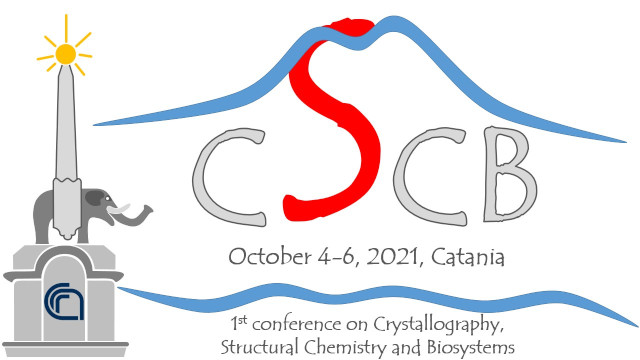Speaker
Description
Hyaluronic acid (Hy) is a glycosaminoglycan widely distributed in humans and it is the main component of the extracellular matrix1. The wide range of physiological functions includes hydration and turgidity maintenance of tissue, extracellular matrix structure, regulation of innate immunity, and protection and lubrication of joints. The molecular and mechanical properties make this biocompatible polymer very used for several applications, such as tissue engineering, treatment of osteoarthritis and drug targeting2,3.
The potential applications of Hy has been recently widen by the conjugation with carnosine (Car), a multifuntional dipeptide widely distributed in several animal species4. Also this dipeptide exerts a variety of physiological properties, including antioxidant, antiglycating, and antiaggregant abilities5. he biocojugation of carnosine effectively inhibits the rapid dipeptide degradation in serum catalysed by carnosinase6, making the new HyCar derivative7 a promising compound to better treat several diseases and/or prevent their onset.
Based on these data, a series of Hy-Car derivatives have been synthesized and patented by us in recent years, by using two different molecular weights (200 and 700 kDa) and different loading percentages of carnosine. All of them have been structurally characterized. The ability of the HyCar derivatives to inhibit the aggregation of the amyloid-β peptide (whose dyshomeostasis is involved in the onset of Alzheimer’s disease) and the relative toxicity has been tested by using several assays and methodological approaches.
References
1. Fraser J. R. E., Laurent T. C., Laurent U. B. G., J. Int. Med. 1997, 242, 27–33.
2. Kogan G., Šoltés L., Stern R., Gemeiner P., Biotechnol. Lett. 2007, 29, 17-25.
3. Yadav A.K., Mishra P., Agrawal G.P., J. Drug Target. 2008, 16, 91-107.
4. Boldyrev A.A., Aldini G., Derave W.. Physiol. Rev. 2013, 93, 1803-1845.
5. Bellia F., Vecchio G., Cuzzocrea S., Calabrese V., Rizzarelli E., Mol. Aspects Med., 2011, 32, 258-266.
6. Bellia F., Vecchio G., Rizzarelli E., Amino Acids 2012, 43, 153-163.
7. Sciuto S., Greco V., Rizzarelli E., Bellia F., Lanza V., Vaccaro S., Messina L., WO2016016847A1.

